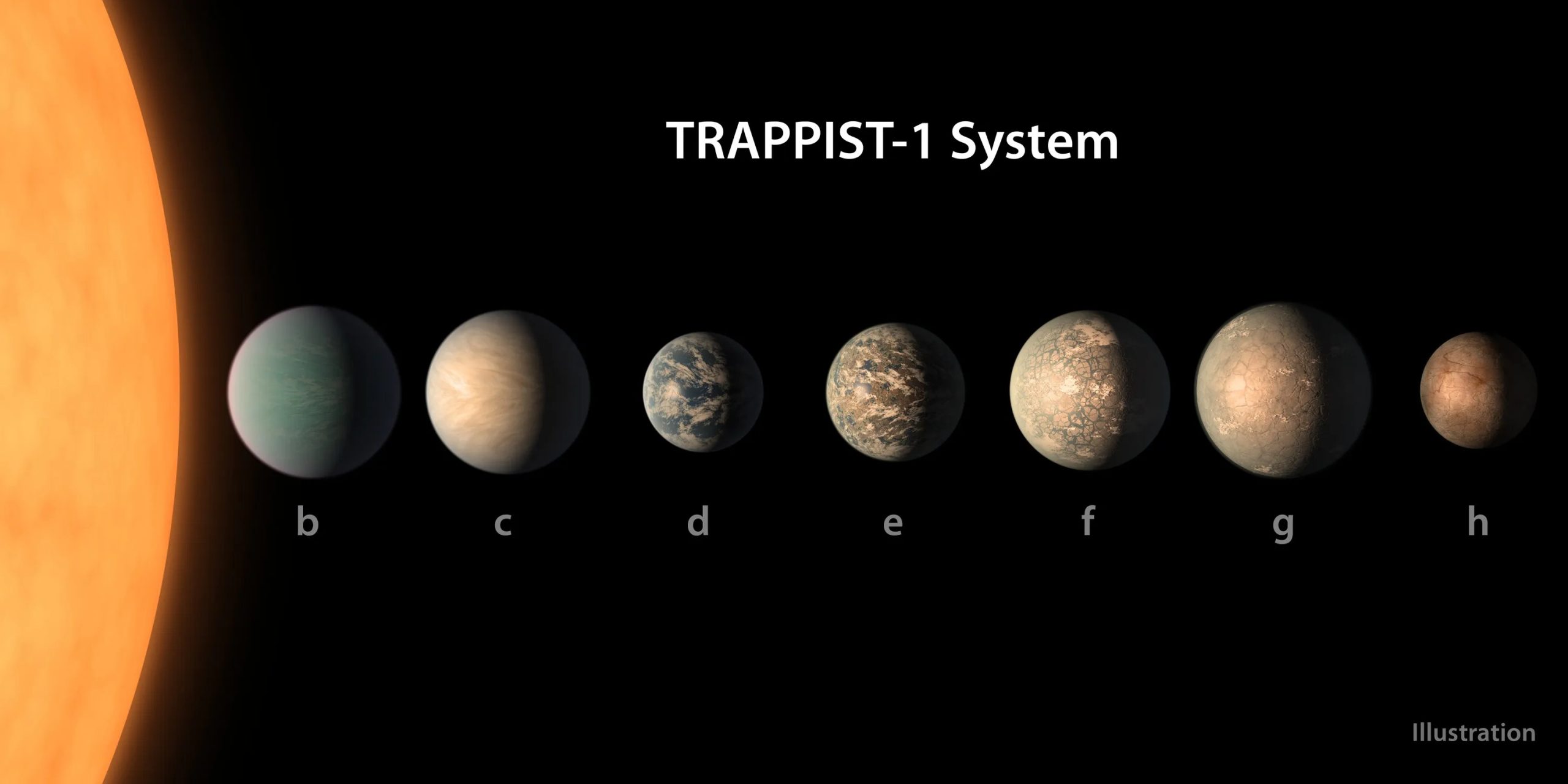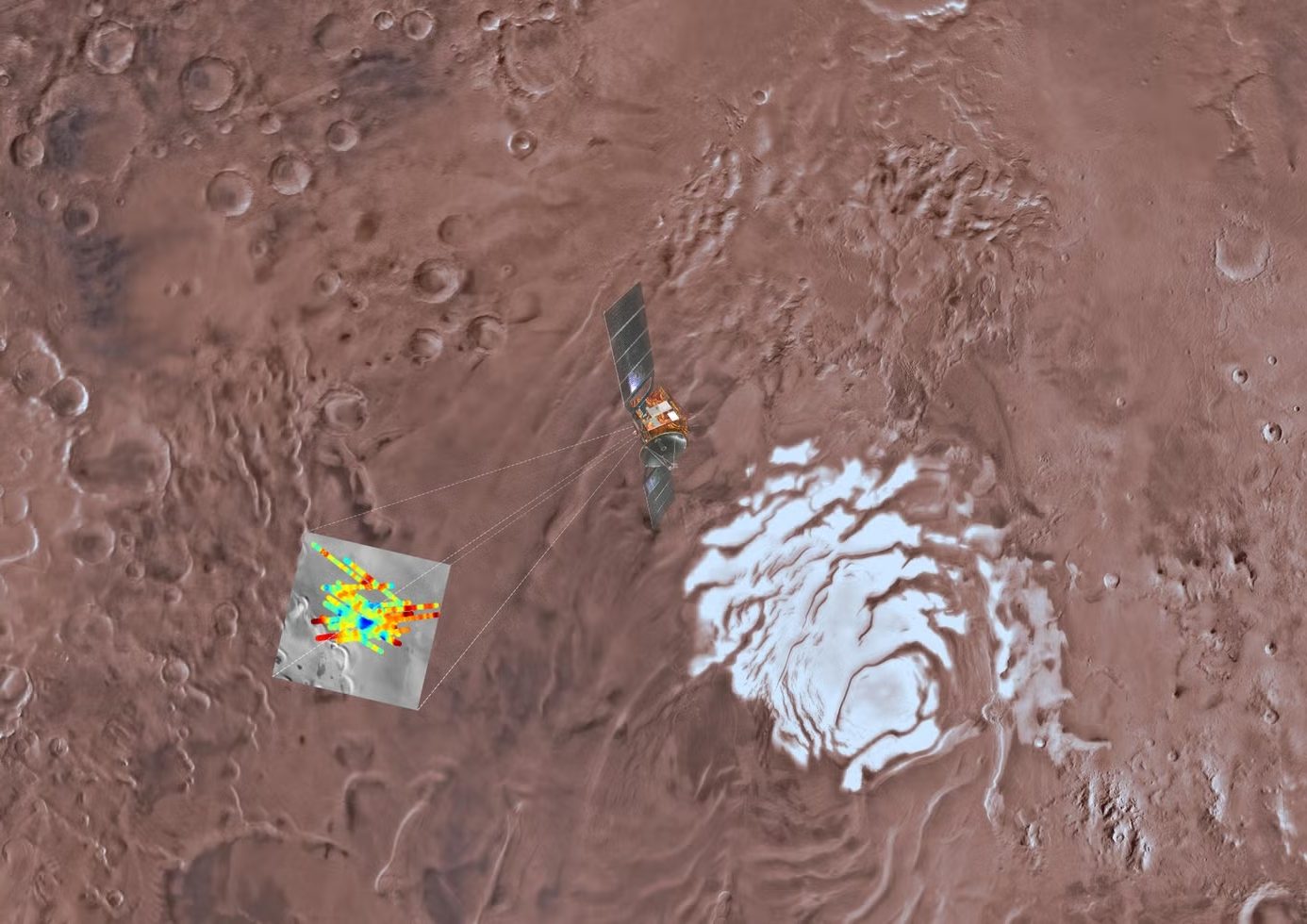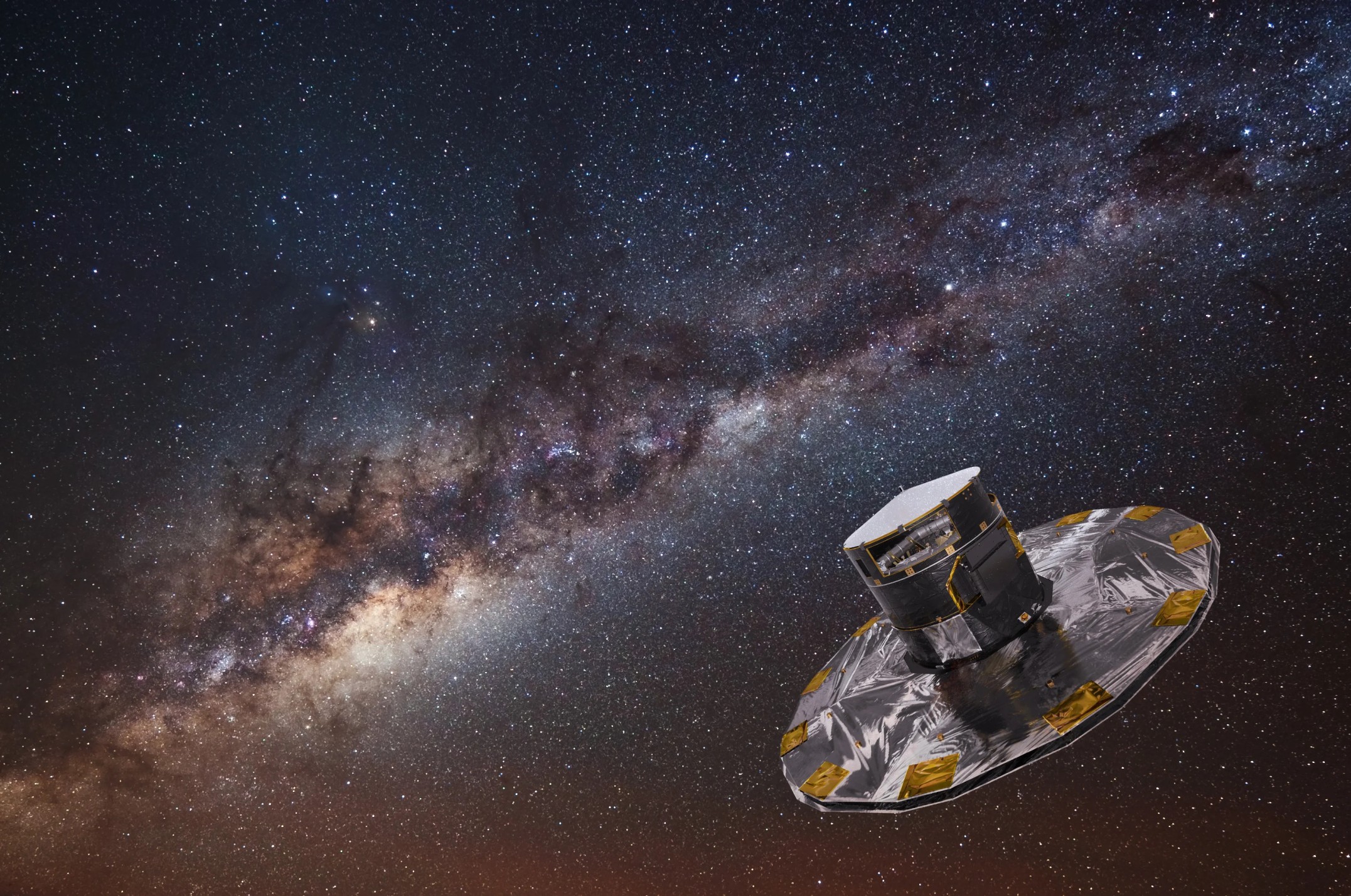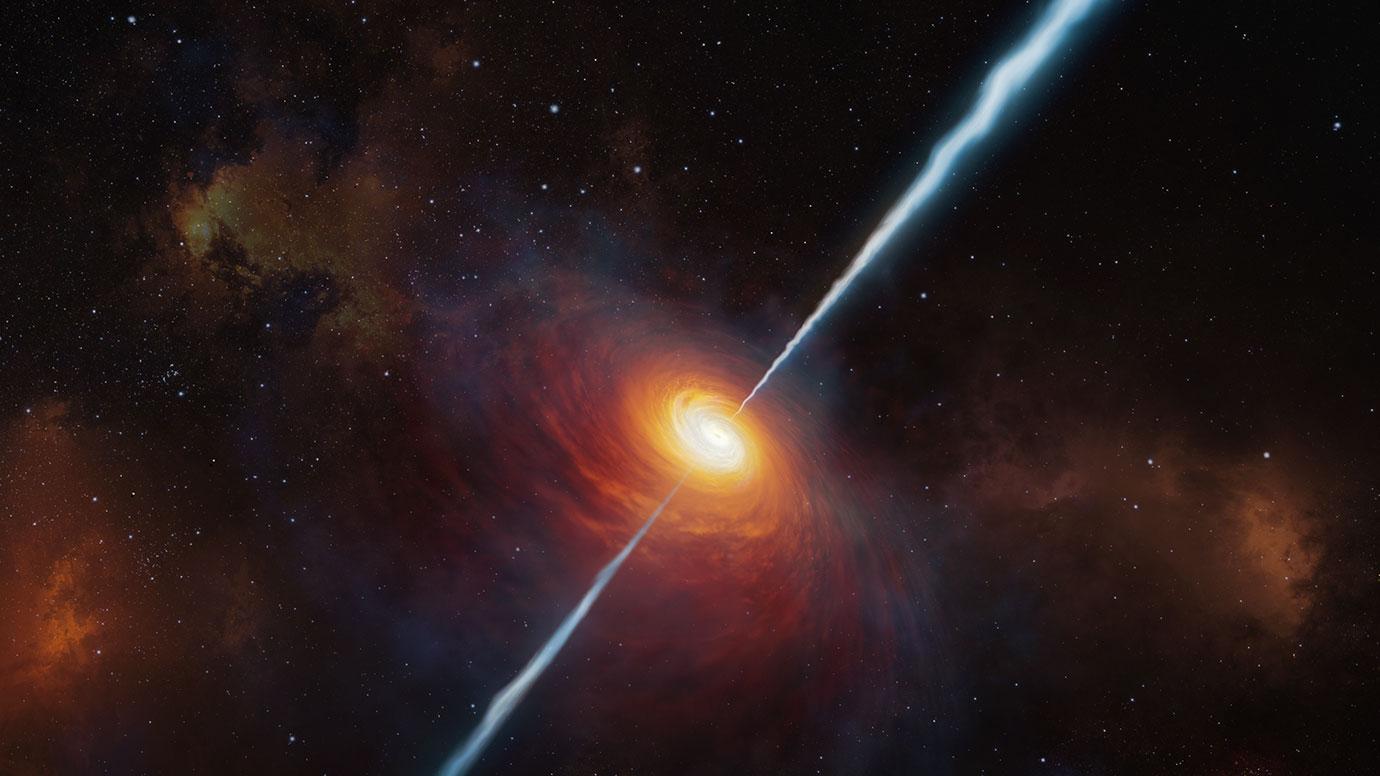A mysterious force tore a massive hole in the Milky Way’s halo, baffling astronomers.
Key Takeaways
- Scientists have discovered an enormous hole in the Milky Way’s halo, and its cause is unknown.
- The disturbance, spotted in a tidal stream, suggests a recent encounter with a massive object.
- The object responsible could be a clump of dark matter or an unknown celestial body.
- No visible black hole or large luminous object has been detected near the impact site.
- If dark matter caused the disruption, it could provide new insights into its mysterious nature.
_________
A Strange Discovery in Our Galaxy
Astronomers analyzing data from the European Space Agency’s Gaia mission have discovered a massive hole in the Milky Way’s stellar halo. This unexpected finding, presented by Harvard scientist Ana Bonaca at the American Physical Society’s April meeting, has left researchers searching for an explanation. The hole was found in a tidal stream—a flow of stars that forms when globular clusters are pulled apart by gravitational forces. Normally, these streams are uniform, but this one showed a large gap, indicating that something massive had recently disturbed it.
Bonaca described the mysterious force as a “dense bullet of something.” However, telescopes have failed to detect any visible object responsible for the disturbance, deepening the mystery.
Could Dark Matter Be the Culprit?
The missing object must have been incredibly massive—at least a million times the mass of the Sun. This rules out individual stars, as no known star reaches that size. A supermassive black hole could be responsible, but there are no signs of one near the affected area. This raises an intriguing possibility: the disturbance may have been caused by a clump of dark matter.
Dark matter makes up roughly 27% of the universe, yet it remains invisible because it does not emit or reflect light. Scientists can only detect it through its gravitational effects. Bonaca’s findings suggest that dark matter may exist in clumps rather than being evenly spread throughout the cosmos. If confirmed, this discovery could revolutionize our understanding of dark matter and its role in shaping galaxies.
While dark matter is a strong candidate, Bonaca has not ruled out the possibility of a hidden luminous object. If a massive celestial body was responsible for the hole, it may have already moved away and could be hidden elsewhere in the galaxy.
Bonaca’s research is still in its early stages, and her findings have not yet been published in a peer-reviewed journal. However, her presentation was well received by fellow scientists, sparking excitement about the possibility of a groundbreaking discovery. Whether the hole was caused by dark matter or an undiscovered cosmic giant, it opens new avenues for studying the hidden forces shaping our galaxy.




